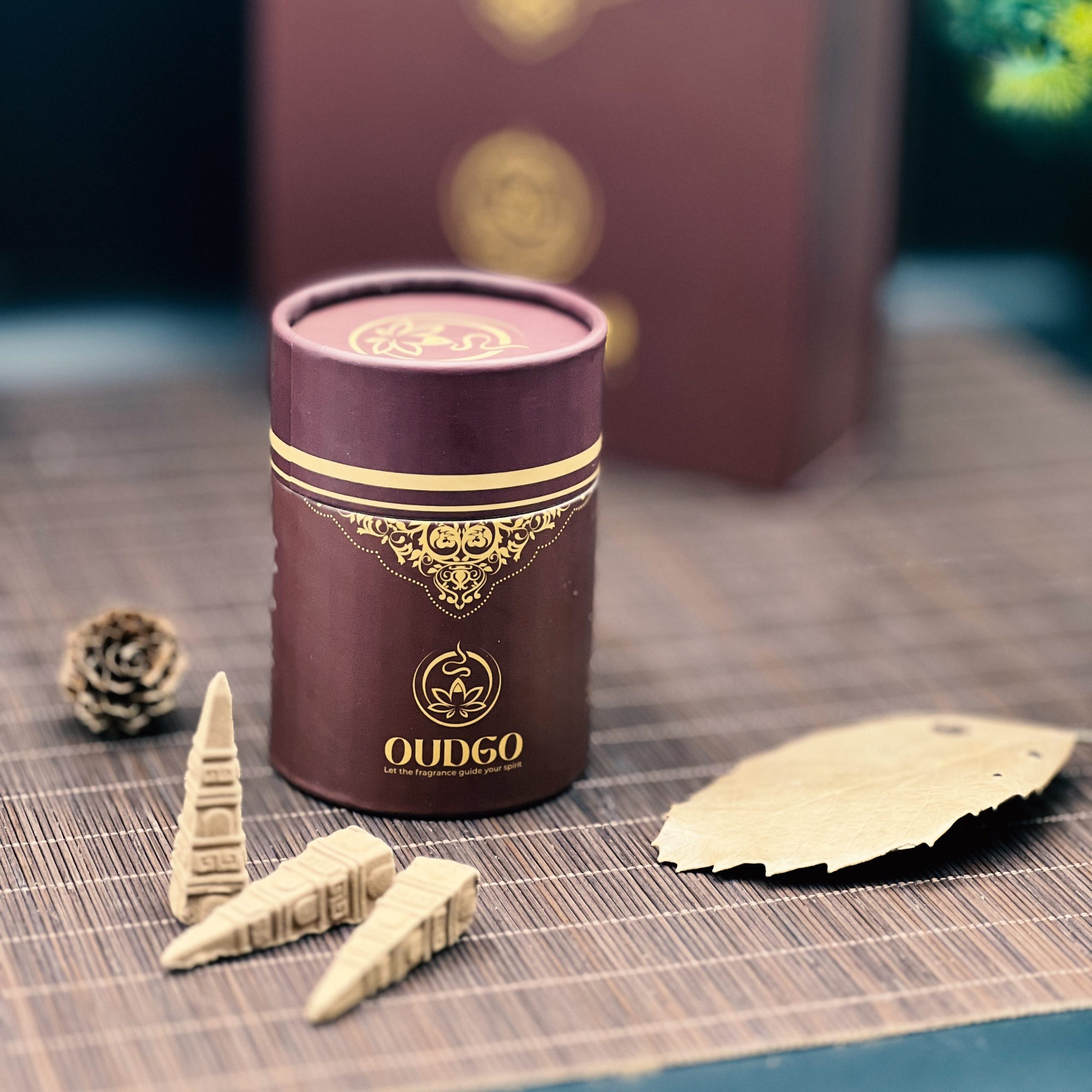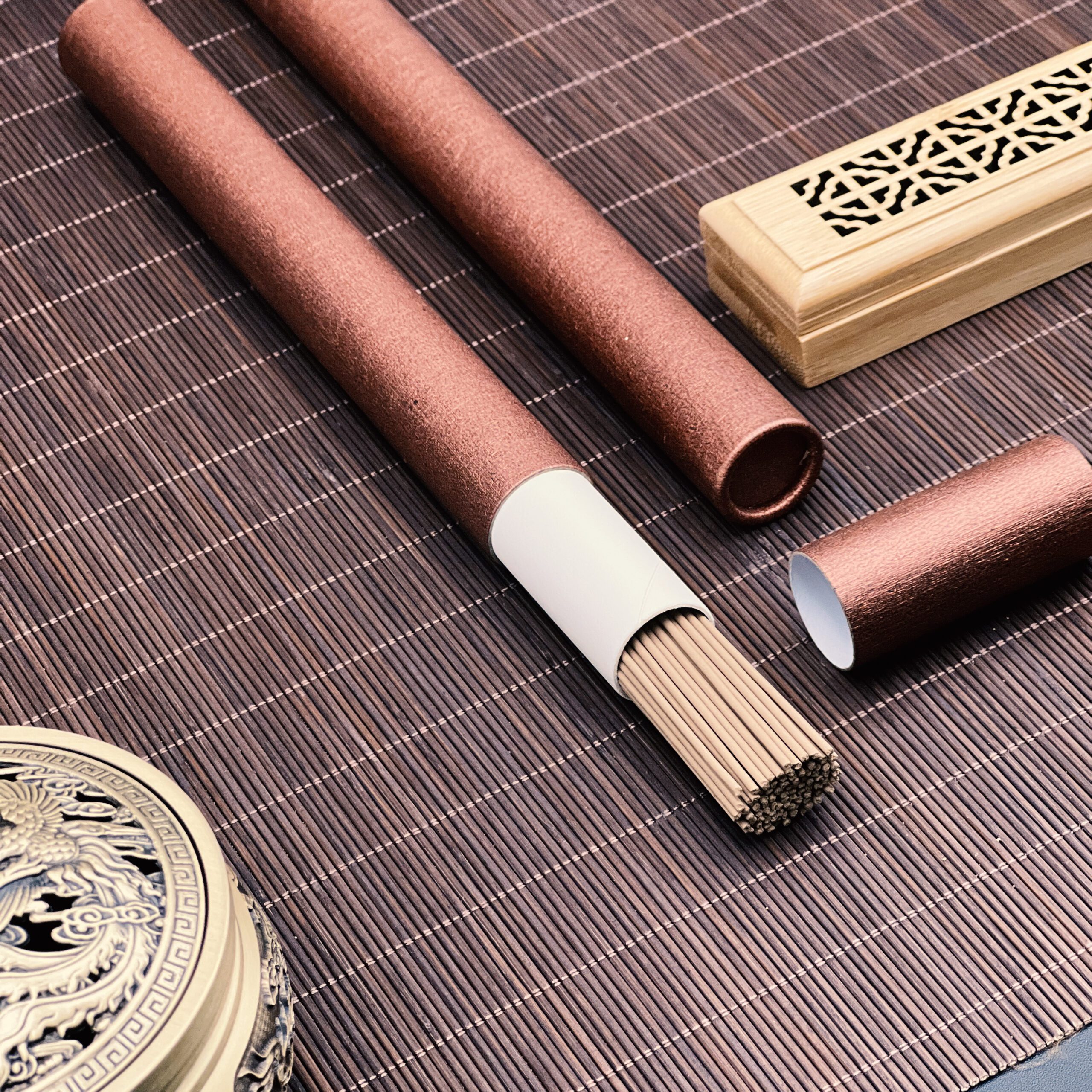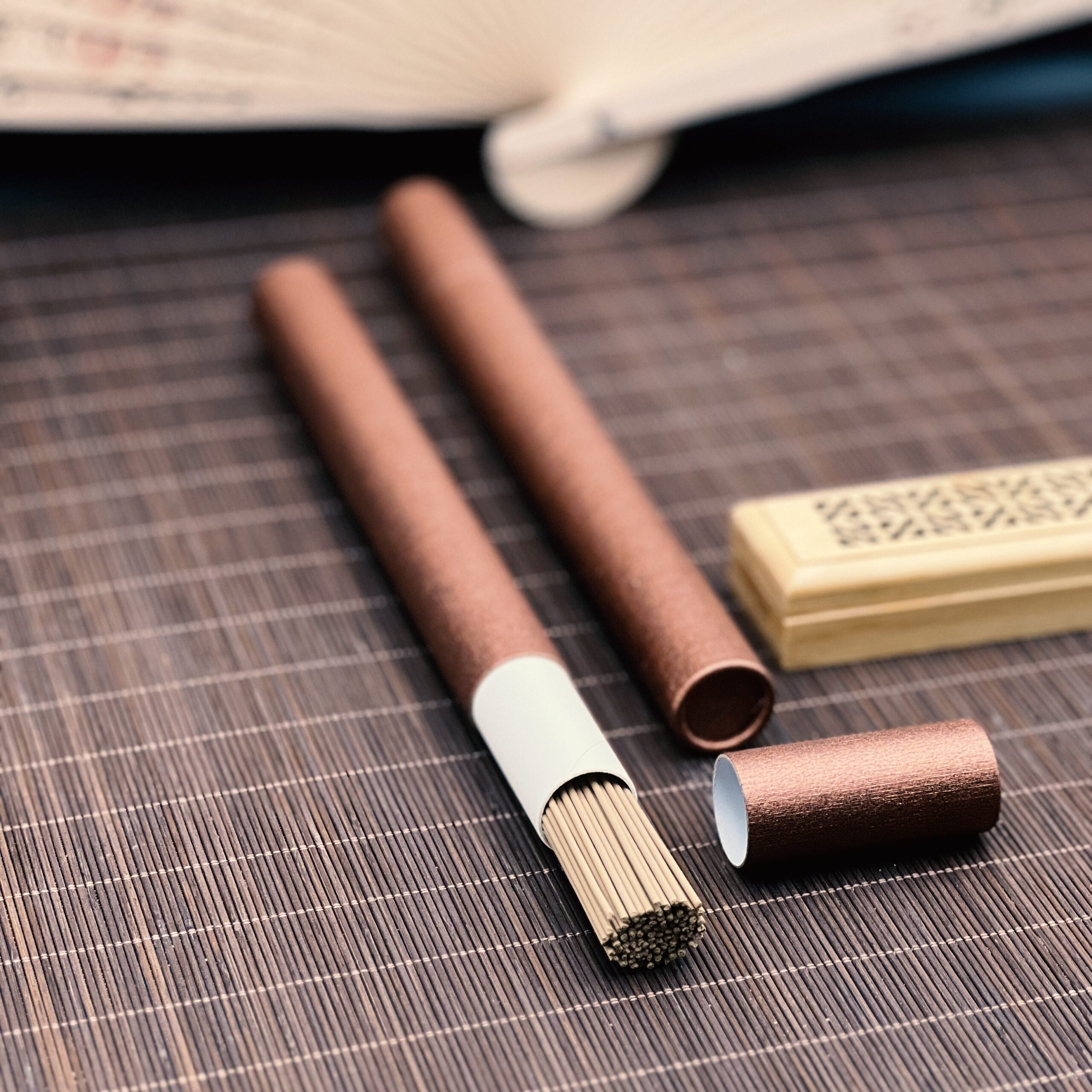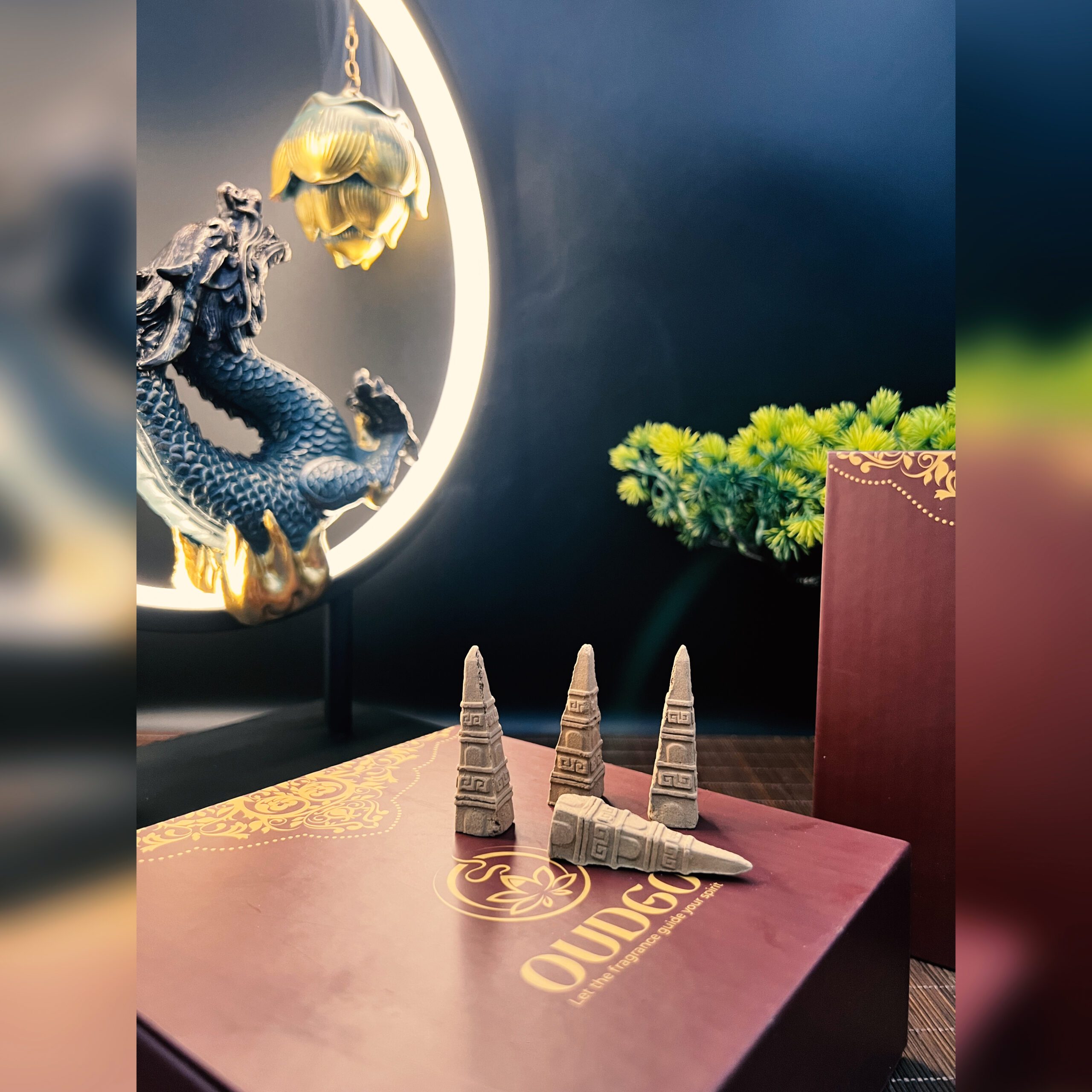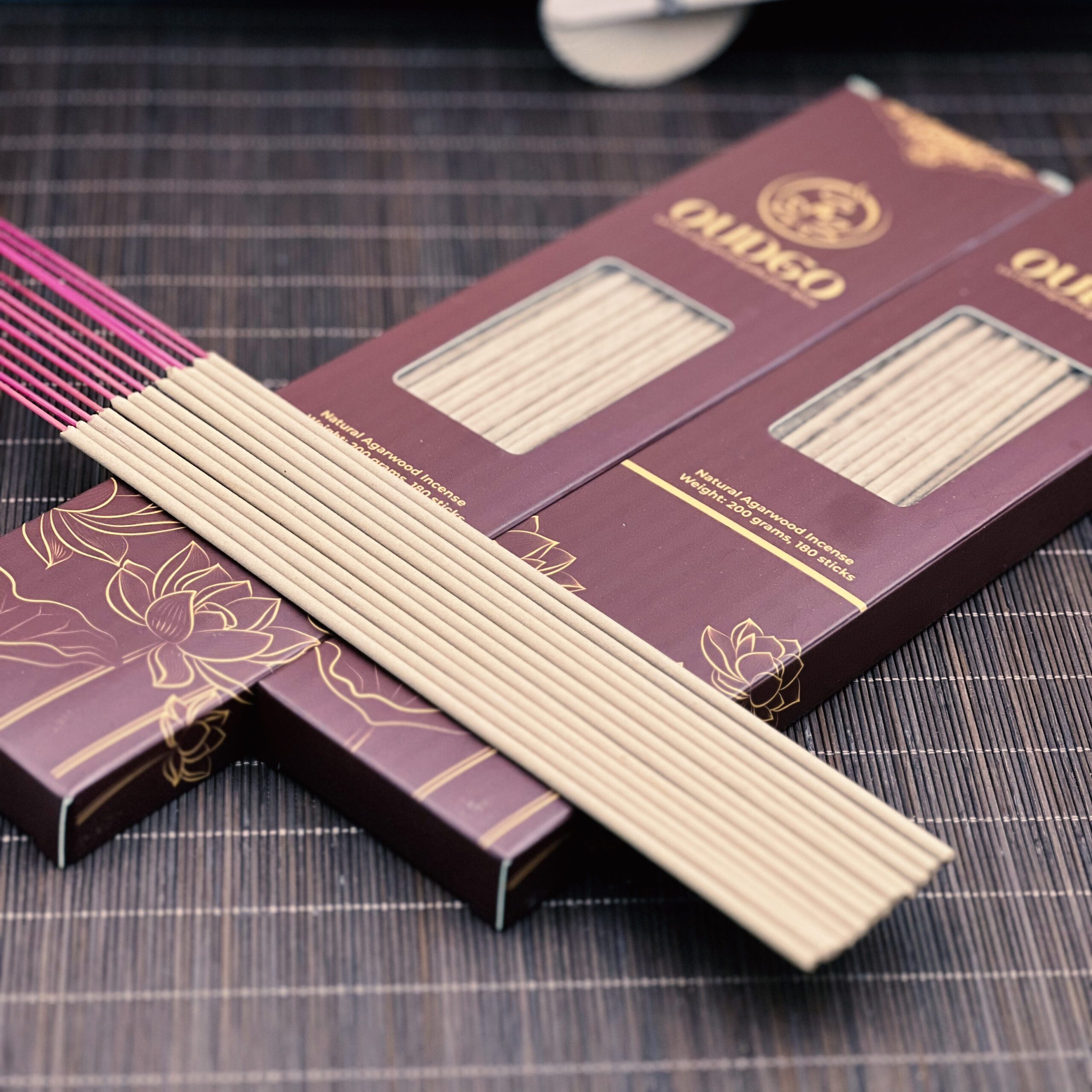

Coreless Agarwood Incense Sticks
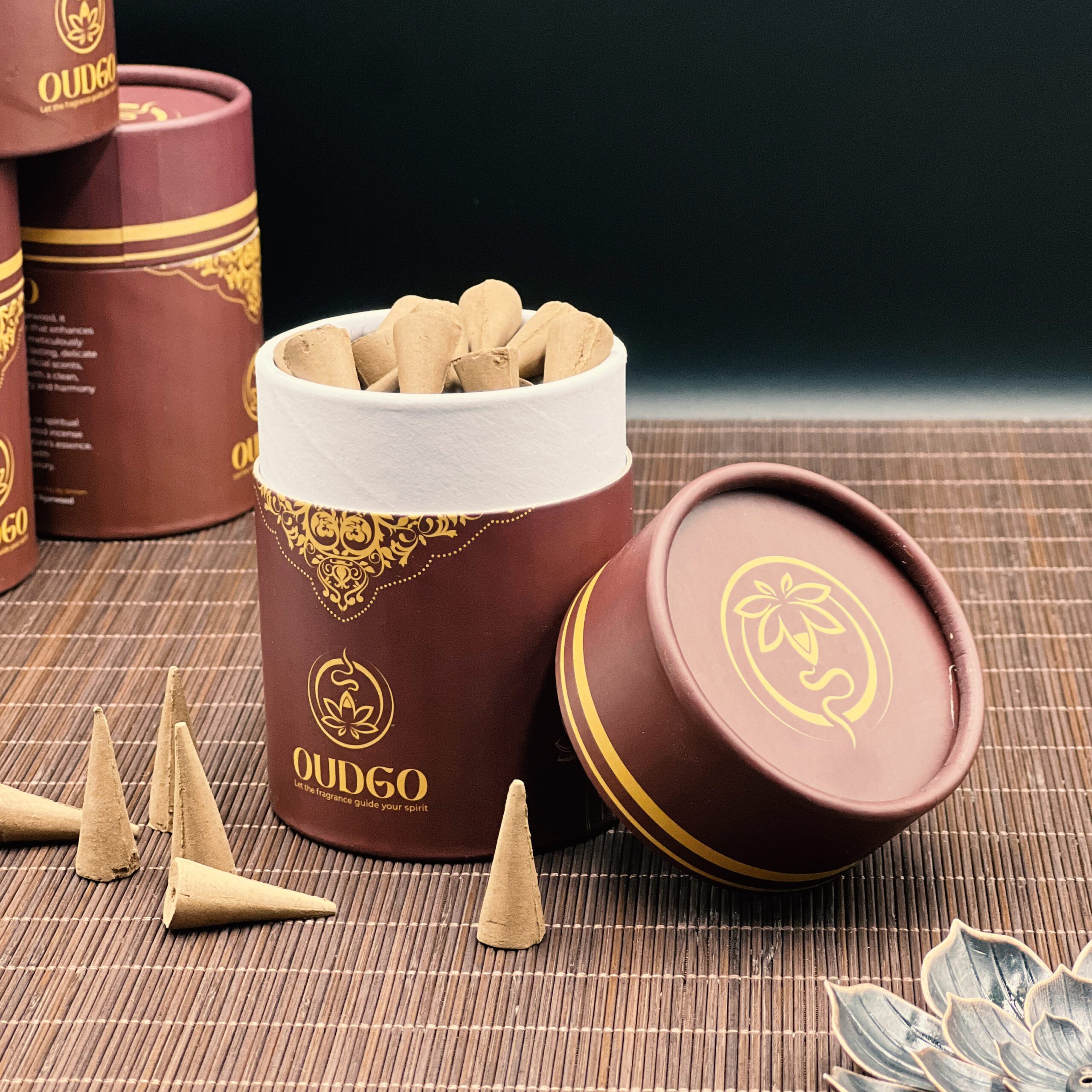

Vietnamese Cone-Shaped Tower Incense
Introduction
Agarwood incense is one of the most precious and revered aromatic materials in human history. With its deep, distinctive fragrance and ability to create a serene atmosphere, agarwood incense has been used in religious ceremonies, meditation practices, and home ambiance enhancement for thousands of years. Extracted from agarwood (Aquilaria) – one of the most expensive woods in the world, each stick of agarwood incense is truly a crystallization of time, nature, and exquisite craftsmanship. While agarwood can be found in various forms including agarwood oil and agarwood chips, its use as incense remains one of the most traditional and spiritually significant applications.
History and Origin
Agarwood has been used as an aromatic material since ancient times, with the earliest evidence of its use traced back to ancient Egyptian, Chinese, and Indian civilizations. In many Asian cultures, agarwood is regarded as “Black Gold” or “Wood of the Gods” due to its value and unique fragrance.
Agarwood forms when the Aquilaria tree becomes infected with a specific type of fungus, causing the tree to secrete resin as a defense mechanism. Over time, this resin hardens and forms dark areas within the wood – this is agarwood. This process is entirely natural and can take from 20 to 100 years, making agarwood extremely rare. The highest quality agarwood chips and incense often come from mature trees found in countries like Vietnam, Cambodia, and Indonesia, each region producing agarwood with distinctive characteristics.
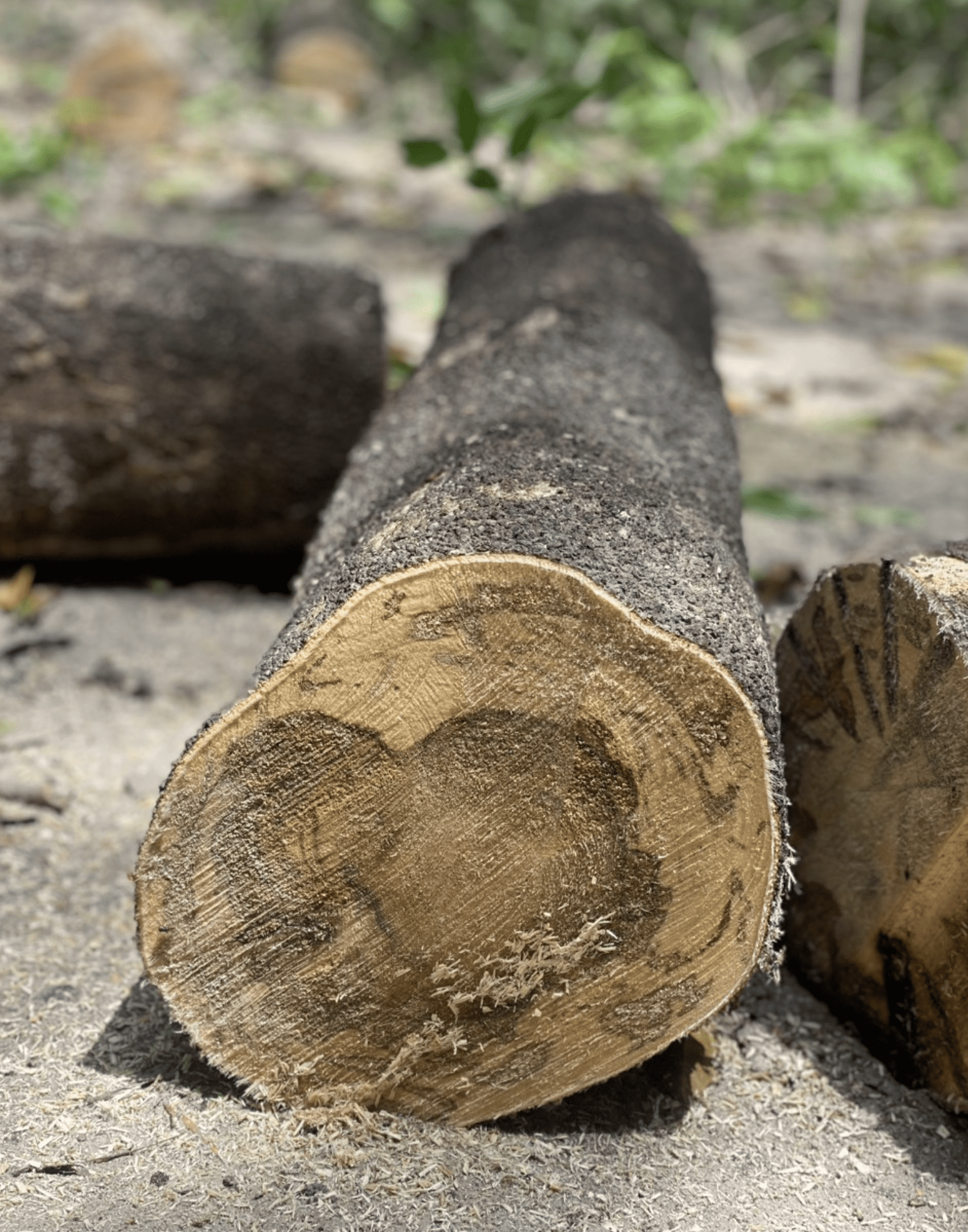
Agarwood Incense Production Process
Harvesting Raw Materials
Agarwood is harvested from Aquilaria trees that have formed resin. Experienced hunters must be able to identify trees with agarwood and assess the quality of the resin inside. The best agarwood chips for incense production are carefully selected based on their resin content, color, and natural fragrance.
Classification and Processing
After harvesting, agarwood is classified according to quality, color, fragrance, and resin content. The resin-rich wood is separated and processed into various forms, including powder for incense making. Some premium agarwood is also processed into agarwood oil, which can be used in perfumery or as a concentrated form of fragrance.

Incense Production
The traditional agarwood incense production process typically includes:
- Grinding agarwood into fine powder
- Mixing agarwood powder with other natural ingredients (depending on the formula)
- Shaping into sticks, coils, or pressing into blocks
- Natural drying or low-temperature drying
- Packaging and storing in dry conditions
Common Types of Agarwood Incense
Incense Sticks
The most common form, consisting of agarwood powder coated around a small bamboo stick or mixed with wood powder and shaped into sticks. Burning time ranges from 30 minutes to 2 hours depending on size. These are best used with a traditional incense holder that catches ash as the stick burns.

Incense Coils
Spiral-shaped, usually hung or placed in large incense burners. Long burning time, from several hours to a full day, suitable for large spaces. The design of these coils often requires specialized ceramic or brass burners that can accommodate their unique shape.

Incense Cones
Small cone-shaped incense that burns from inside out, with short duration but intense fragrance. Suitable for small or enclosed spaces. These are typically used with Brass or Ceramic incense burners that can withstand heat.

Incense Powder
The purest form, burned directly on charcoal or specialized electric incense burners. Provides the most complete fragrance experience. This method is often used in traditional ceremonies and allows for the burning of raw agarwood chips as well.

Japanese Agarwood Incense
Produced according to Japan’s distinct process, typically without a bamboo core and with a more subtle, refined fragrance. Japanese incense holders are often works of art themselves, designed specifically to complement the aesthetic experience of burning incense.

Regional Varieties of Agarwood
Different regions produce agarwood with distinctive characteristics, which translates into unique incense profiles:
Vietnamese Agarwood Incense
Known for its sweet, deep, and complex aroma with honey-like undertones. Vietnam is also famous for its agarwood bracelets and other handicrafts that utilize the same precious material used in incense production.
Cambodian Agarwood Incense
Prized for its rich, earthy fragrance with subtle floral notes. Cambodia’s agarwood tradition extends beyond incense to include agarwood bracelets Cambodia style, which often features darker colored beads with distinctive grain patterns.
Indonesian Agarwood Incense
Features a robust, spicy profile with woody undertones. The same quality wood used in premium Indonesian incense can be found in agarwood bracelets Indonesia style, known for their unique aromatic properties.
How to Distinguish Real and Fake Agarwood Incense
Fragrance
Real agarwood incense has a complex, deep fragrance that changes over time. The initial scent may be slightly strong, then transitions to a gentle sweetness that lingers. Fake incense often has a chemical smell, is overly sweet, or monotonous. The same principles apply when evaluating agarwood chips for personal incense burning.
Ash
Real agarwood incense produces white or light gray ash that maintains its shape when falling. Fake incense often produces black ash or crumbles easily. A quality incense holder will help you observe this characteristic as the incense burns.
Price
Real agarwood incense is expensive due to the rarity of raw materials. If the price is too low, it may be a counterfeit product or contain very little agarwood. This pricing principle extends to all agarwood products, from incense to agarwood oil and agarwood bracelets.
Origin and Manufacturer
Choose products from reputable manufacturers with a long history and transparency about product origins. Whether purchasing incense or an incense burner, dealing with established vendors helps ensure authenticity.

The Ritual of Burning Agarwood Incense
The practice of burning agarwood incense is often considered a meditative ritual in itself. The proper tools enhance this experience:
Selecting the Right Incense Holder
An appropriate incense holder not only catches ash safely but can enhance the aesthetic experience. Traditional holders made of ceramic, brass, or wood complement the natural essence of agarwood incense.
Incense Burners for Different Forms
Different types of incense burners serve specific purposes:
- Stick incense holders with ash catchers
- Bowl-shaped burners for cones and powder
- Specialized burners for coils
- Electric burners for agarwood chips and powder that provide consistent heat without combustion

Creating a Sacred Space
Many practitioners create a dedicated space for burning incense, sometimes accompanied by other spiritual items like agarwood bracelets (particularly 108 beads agarwood bracelet styles used in meditation practices) to enhance the contemplative atmosphere.
Benefits of Using Agarwood Incense
Mental Benefits
- Creates a space for meditation and tranquility
- Reduces stress and anxiety
- Improves sleep quality
- Enhances focus and creativity
Health Benefits
- Agarwood has natural antibacterial properties
- Purifies air and eliminates odors
- Supports treatment of certain respiratory issues (when used properly)
- Stimulates the parasympathetic nervous system, promoting relaxation
Cultural and Spiritual Benefits
- Creates a sacred space for religious ceremonies
- Connects with tradition and cultural heritage
- Symbolizes refinement and aesthetics in living spaces
Complementary Agarwood Products
While agarwood incense remains the most traditional form, other agarwood products offer different ways to experience this precious material:
Agarwood Oil
Concentrated agarwood oil (also called oud oil) is the essential oil extracted from agarwood through distillation. It’s used in perfumery and aromatherapy, offering a portable way to enjoy agarwood’s benefits without burning incense.
Agarwood Chips
Raw agarwood chips can be heated directly on specialized burners for a pure experience of the wood’s fragrance. This method is preferred by connoisseurs who appreciate the unadulterated aroma of different agarwood varieties.
Agarwood Bracelets
Agarwood bracelets serve both decorative and aromatic purposes. When worn, body heat activates the natural oils in the wood, releasing subtle fragrance. The 108 beads agarwood bracelet style is particularly popular among meditation practitioners, as the 108 beads correspond to traditional prayer counts in several Eastern spiritual traditions. Regional varieties like agarwood bracelets Vietnam and agarwood bracelets Hainan each offer distinctive grain patterns and aromatic profiles.
Usage and Storage Guidelines
Proper Usage
- Burn incense in well-ventilated spaces
- Use safe incense holders or burners
- Do not leave incense burning overnight or unattended
- Enjoy the fragrance from a distance, avoid directly inhaling the smoke
Storage
- Keep incense in dry places, away from direct sunlight
- Store in wooden or paper boxes, avoid plastic containers
- Keep away from other fragrances to avoid scent contamination
- High-quality agarwood incense can be stored for many years while maintaining its fragrance
Conclusion
Agarwood incense is not just an ordinary aromatic product but a work of art, a crystallization of time and nature. In today’s stressful modern world, enjoying agarwood fragrance is a way to connect with tradition, find inner peace, and create a refined living space. Whether you use agarwood incense for spiritual purposes, meditation, or simply to enhance your living environment, the deep fragrance of agarwood will provide an unforgettable multi-sensory experience. With the right incense burner and knowledge of this ancient tradition, you can fully appreciate the “Wood of the Gods” in its most revered form.

